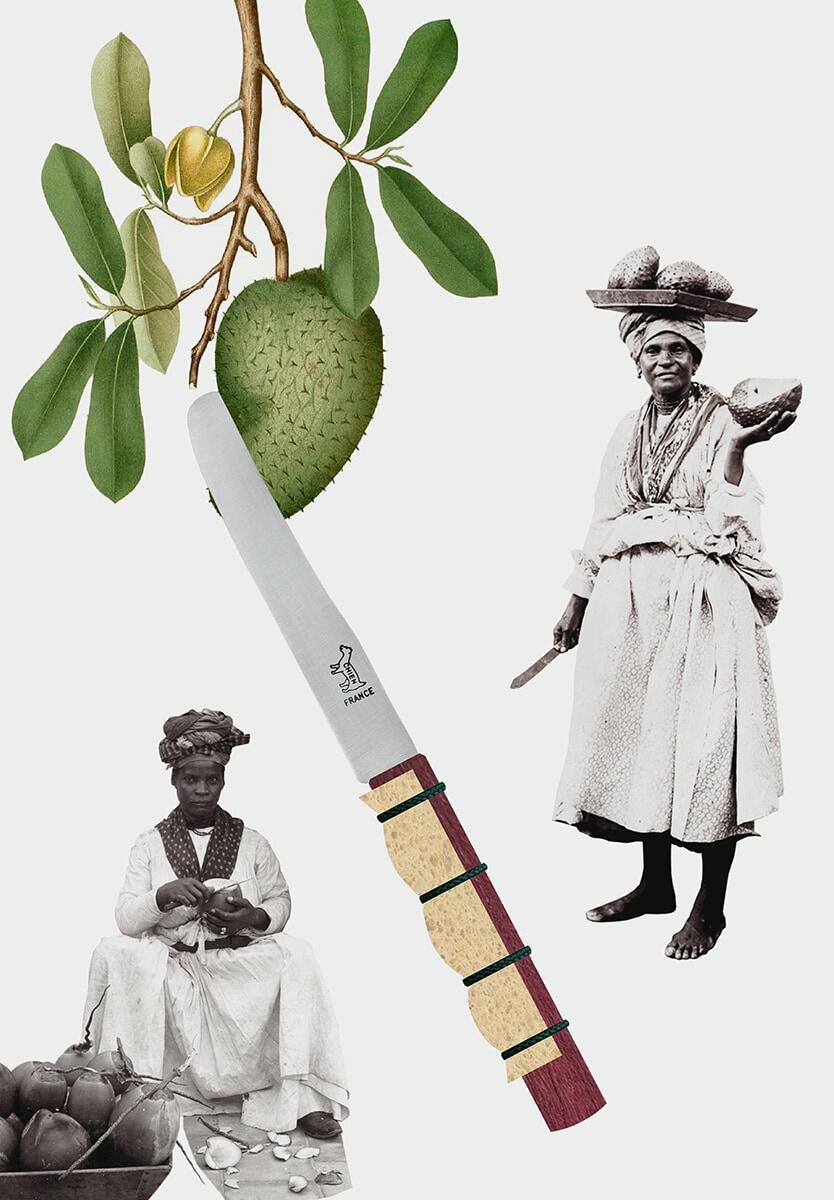Acteur
Since 2016, Florian Dach and Dimitri Zephir, graduates of the École des Arts Décoratifs de Paris, form the duo dach&zephir. Conceived as a space for free creation, they cross their experiences – in Paris and Guadeloupe – in search of what makes history and identity. History and cultural heritage are approached as a rich raw material for design, capable of generating a language of forms, materials and uses at the origin of artefacts. The duo has built its creative approach on the basis of the Tout-Monde, a concept that is in line with the thinking of the Martinique philosopher Edouard Glissant, according to whom our current world must be told according to the principles of the interpenetration of cultures, in a true dynamic of exchange. Their work has been exhibited at the Carpenters Workshop Gallery in London, at the Salon Satellite in Milan, at the Dutch Design Week in Eindhoven, at the Reciprocity Design Biennial in Liège, at the Operae Design Festival in Turin, at the Mémorial ACTe in Guadeloupe and at the Shenzhen Museum of Contemporary Art in China.
Action
Through the study of an emblematic kitchen knife of the French West Indies, the “couteau CHIEN”, this part of the research proposes to shed light on the actions of creolisation at work in the French West Indies. Élòj Kréyòl is a design research that retraces the forgotten stories, minorities in the genealogy of the Antilles archipelago. It proposes to tell the cultural stories through the practices, techniques, gestures and rituals of life that characterise Creole identity. The different forms of reinvention of the couteau CHIEN knife tell the story of the natural Creole agentivity in the face of the standardisation of this utensil. Its potential taxonomy in the Antilles proposes a new historical and creative chapter in the history of design: the “Creole design”. This approach will allow to think about a design of the intersection of cultures, imaginaries and creativities, a new chapter in design history where the notions of resistance, resilience and decolonisation enter into conversation.









